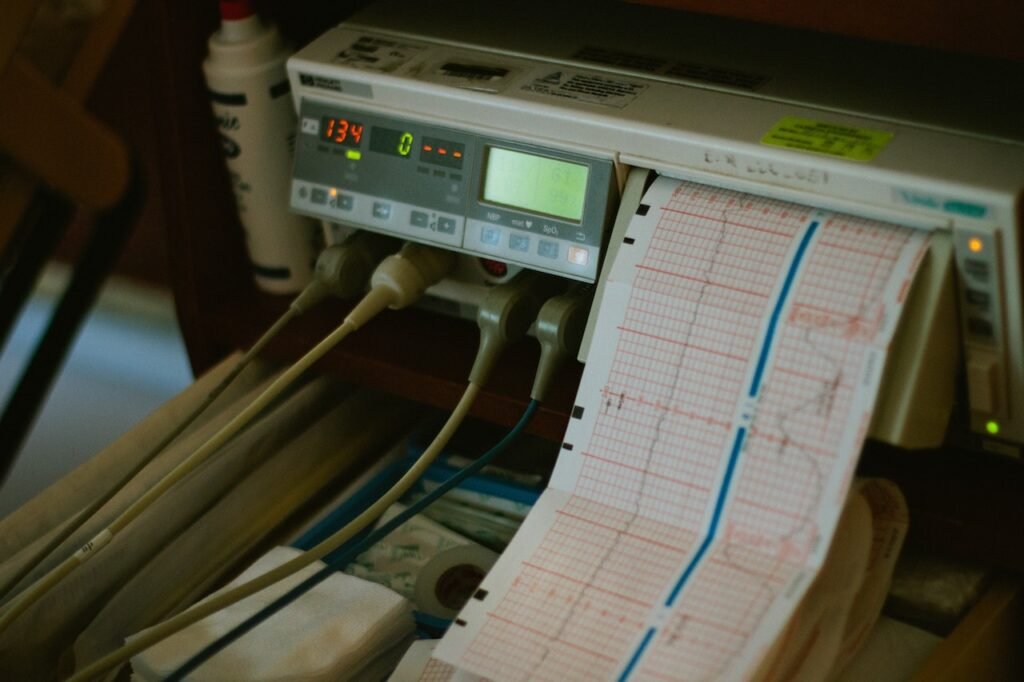How to treat hypothermia?
Hypothermia is a medical emergency caused by prolonged exposure to cold temperatures. In a cold environment, your body loses heat faster than it can produce. Longer exposures will eventually utilize all stored energy sources, leading to shallow core body temperature (less than 35°C). A low body temperature affects the energy supply to the brain, which makes the sufferer unable to think and move. Further heat loss leads to shallow breathing, and if it remains untreated, the heart stops working. Let’s learn how to tell the person who is suffering from hypothermia and how to treat him.
Reasons for hypothermia to occur.
Not a very low temperature is required for hypothermia to occur. It happens even in less cold temperatures if someone becomes chilled from rain, excessive sweating, or mistakenly falls in cold water. It may also come up if you are exposed to indoor temperatures below 10°C for an extended period.
How to tell the person is suffering from hypothermia?
Shivering is the first sign of hypothermia because it’s your body’s defense system working to warm your body against heat loss.
Body temperature
The victim’s body temperature is the most precise procedure to determine the severity of the condition.
Body temperature 32-35°C = Mild hypothermia
Body temperature 28-32°C = Moderate Hypothermia below 28°C = Severe Hypothermia.
Warning signs
Mild: Shivering, mental confusion, pale skin, slurred speech.
Moderate: Drowsiness, No shivering, increased confusion, poor judgment, and shallow breathing.
Severe: Shallow breathing, unconsciousness, and weak pulse rate may lead to cardiac arrest if not treated.
Warning signs of hypothermia in babies
The babies suffering from hypothermia look healthy, but their skin feels cold, and they refuse to feed.
Call the emergency numbers right away.
Call your local emergency number if you suspect someone has hypothermia. Give first aid treatment to the victim while waiting for emergency help to arrive.
First aid treatment of a victim of hypothermia
You can save a victim’s life by providing the proper first aid treatment to the victim. Helping the person’s body temperature warm to a safe level is the most crucial step in treating hypothermia. To do so,
Take the victim to a warm place.
Move the patient indoors and find a site that is out of the wind and rain. Use towels, blankets, or other clothing, especially around the neck and head, to protect the person from the cold weather.
Avoid jerking movements
Be gentle and limit jerky movements while helping a person suffering from hypothermia. Limit movements to only those that are necessary. Undue vigorous activities may trigger cardiac arrest.
Remove wet layers to treat hypothermia
If the clothes are wet due to rain or immersion in cold water, bring the victim indoors, take off the infected person’s wet clothes, and wrap the person in dry and warm fabric. Make sure the head is covered with a dry towel or warm cloth.
Avoid rubbing and massaging the victim.
Do not try to warm up the victim’s body by rubbing and massaging the arms, hands, or feet. It can cause skin irritation and stress on his heart and lungs, leading to serious health issues.
Deliberately warm up the person’s body.
Avoid quick rewarming. Instead, use hot water bottles wrapped in a towel. Apply warm first-aid packs or chemical heating pads to warm up the chest, neck, and groin areas.
Don’t apply the warm packs on the legs and arms that will lead to cold blood flow towards the heart, further reducing the core body temperature.
Serve them warm beverages.
Warm tea, soup, or even water will help to soothe the victim. Caffeine-free herbal tea or hot water with lemon and honey are also good options. You can also offer them high-energy foods like chocolate.

Avoid alcohol to treat hypothermia.
Alcohol consumption causes more blood flow to limbs and further drops the core body temperature, so avoid it strictly.
Avoid cigarettes or other tobacco products.
These products interfere with breathing and circulation of blood in the body, further slowing down the warming procedure.
Keep them awake
Keeping the victim awake by talking to them is a fantastic idea that keeps their brain at work. Keep talking until help arrives.
Provide skin-to-skin contact
It’s generally not the most efficient way to re-heat the victim, but it can work as a last resort until further help arrives.
Perform Cardiopulmonary resuscitation (CPR) for those without a pulse
Perform CPR if the person doesn’t show signs of life and their pulse has slowed down. Initiating CPR immediately after the heart stops beating can double or even triple the chances of the victim surviving.

Step 1. Position the victim’s body in the correct posture.
Place the person carefully on their back and kneel beside their chest. Tilt their head back slightly by lifting their chin.
Step 2. Perform the 30 chest compressions
Place one of your hands on the other and clench them together. With the heel of the hands and straight elbows, 30 times push hard and fast in the center of the chest, slightly below the nipples. Let the chest rise fully between compressions.
Step 3. Perform two rescue breaths
Tilt their head back slightly and lift their chin. Pinch their nose shut, cover their mouth entirely with yours, and blow to make their chest rise. Give two breaths; each takes one second.
Step 4. Repeat
Repeat the cycle of 30 chest compressions and two rescue breaths until the person starts breathing or help arrives.
Medical treatment for Hypothermia
Emergency health care physicians will assess the patient’s condition by monitoring the heart rate and body temperature and then decide what type of treatments the victim requires.
A person is treated by a health care physician if suffering from mild to moderate hypothermia and has no injury. People suffering from severe hypothermia are taken to the hospital for further treatment.
Treatment for mild hypothermia.
Treating mild hypothermia involves passive rewarming, which includes covering the patient with heated blankets and offering warm fluids to drink.
Treatments for moderate hypothermia.
Patients who show signs of moderate hypothermia are provided with heating blankets, oxygen for breathing, and warm fluids straight into a vein.

Treatments in hospital
In case of severe hypothermia, a critical care surgeon may give one of the following treatments to the victim.
Cardiopulmonary bypass or blood rewarming
In this method, the hemodialysis machine or heart bypass machine is used to draw the blood from the body, warmed and then re-circulate it.
Warm IV fluids
In this treatment, intravenous fluids are warmed using IV fluid warmers and introduced into the victim’s body.
Airway rewarming.
In this treatment, the patient is administrated with humidified oxygen with the help of a nasal mask to raise their body temperature.
Chest tubes with warm irrigation
The areas around the lungs or abdominal cavity are warmed using a warm saltwater solution introduced using catheters.
CPR
Patients with slow pulse rates are treated on automated chest compression devices.
Did you find this article informative and helpful? Please share with us in the comment section.
